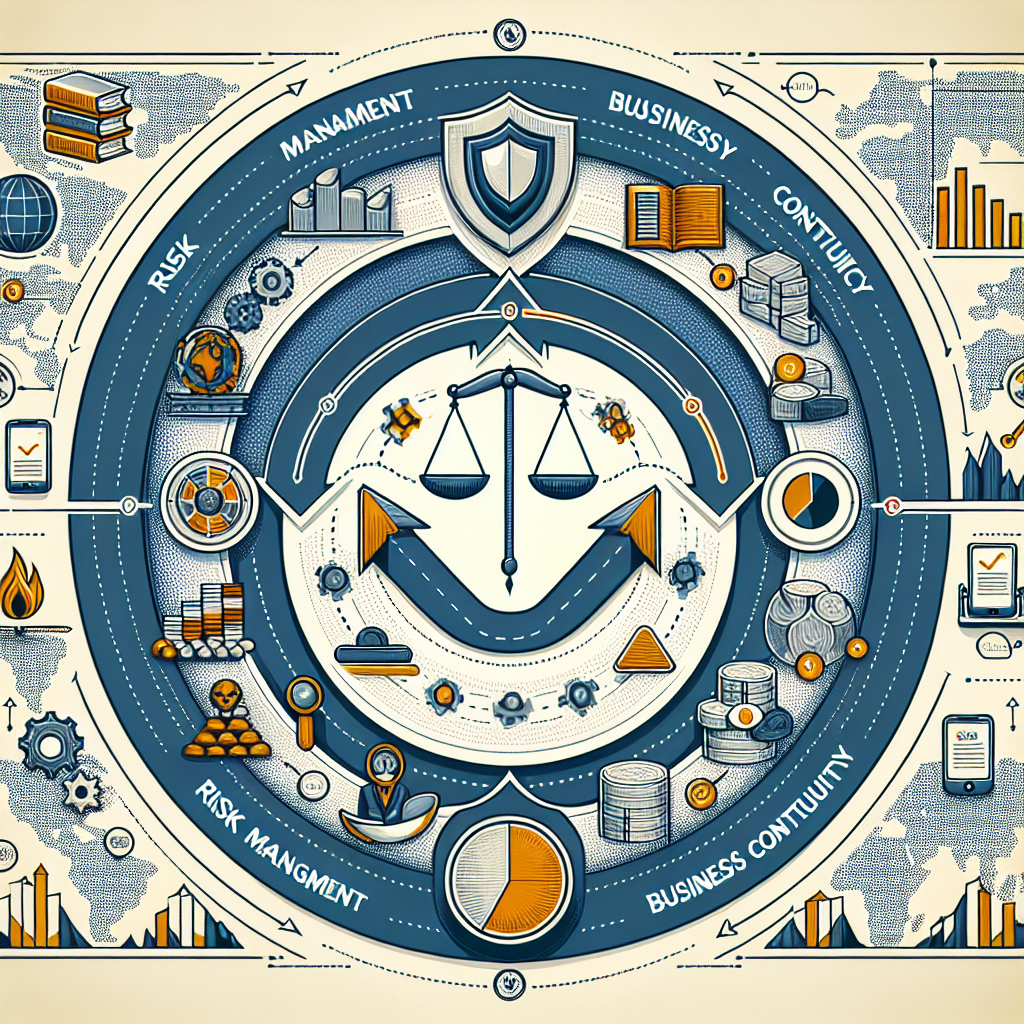In today’s fast-paced and unpredictable business environment, ensuring business resilience is essential for the long-term success and sustainability of any organization. A key component of achieving this resilience is having a comprehensive business continuity strategy in place. This strategy outlines the steps that need to be taken in the event of a disruption, ensuring that the business can continue to operate smoothly and effectively despite any challenges that may arise.
There are several key components that are essential for a successful business continuity strategy. These components include:
1. Risk Assessment: The first step in developing a business continuity strategy is to conduct a thorough risk assessment. This involves identifying potential threats and vulnerabilities that could impact the organization’s ability to operate, such as natural disasters, cyber attacks, or supply chain disruptions. By understanding these risks, businesses can develop strategies to mitigate them and minimize their impact on operations.
2. Business Impact Analysis: Once risks have been identified, the next step is to conduct a business impact analysis. This involves assessing the potential impact of each risk on the organization’s operations, including financial implications, reputational damage, and regulatory compliance issues. By understanding the potential consequences of a disruption, businesses can prioritize their response efforts and allocate resources effectively.
3. Continuity Planning: Based on the results of the risk assessment and business impact analysis, businesses can develop a continuity plan that outlines the steps that need to be taken in the event of a disruption. This plan should include detailed procedures for responding to specific threats, as well as clear roles and responsibilities for key personnel. It should also outline communication protocols and alternative work arrangements to ensure that operations can continue even in the face of a crisis.
4. Testing and Training: A business continuity strategy is only effective if it is regularly tested and updated. Organizations should conduct regular drills and exercises to ensure that staff are familiar with the procedures outlined in the plan and can respond effectively in a crisis. Training programs should also be implemented to educate employees about their roles and responsibilities in a business continuity situation.
5. Monitoring and Review: Finally, businesses should regularly monitor and review their business continuity strategy to ensure that it remains effective and up to date. This may involve conducting regular audits, revisiting risk assessments, and updating the plan in response to changing threats or business conditions. By maintaining a proactive approach to business continuity, organizations can ensure that they are prepared to weather any storm that may come their way.
In conclusion, ensuring business resilience requires a comprehensive and well-thought-out business continuity strategy. By identifying risks, conducting a business impact analysis, developing a continuity plan, testing and training staff, and regularly monitoring and reviewing the strategy, businesses can ensure that they are prepared to respond effectively to any disruptions that may occur. By taking these steps, organizations can build resilience and adaptability into their operations, ensuring their long-term success and sustainability in an increasingly uncertain business environment.










